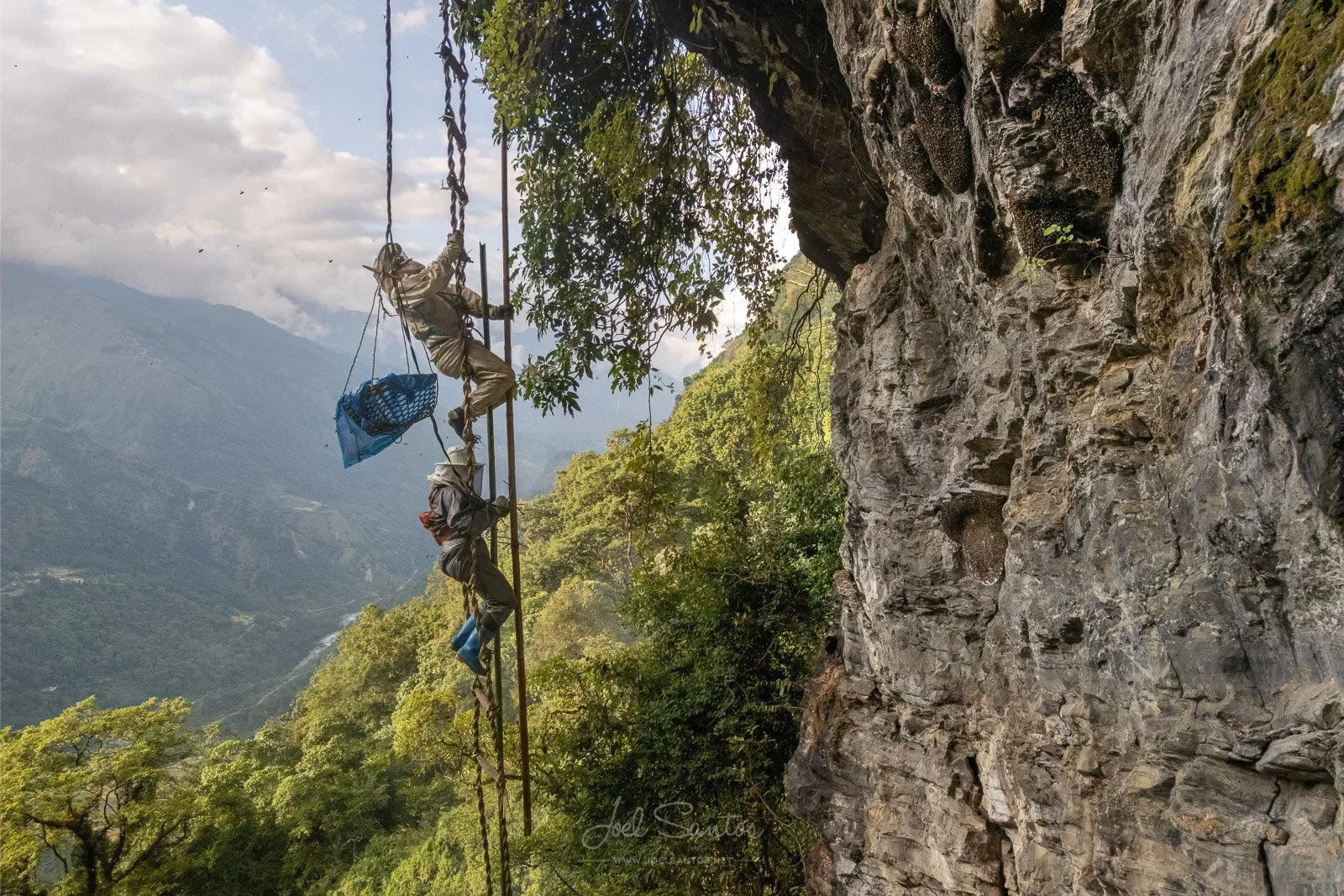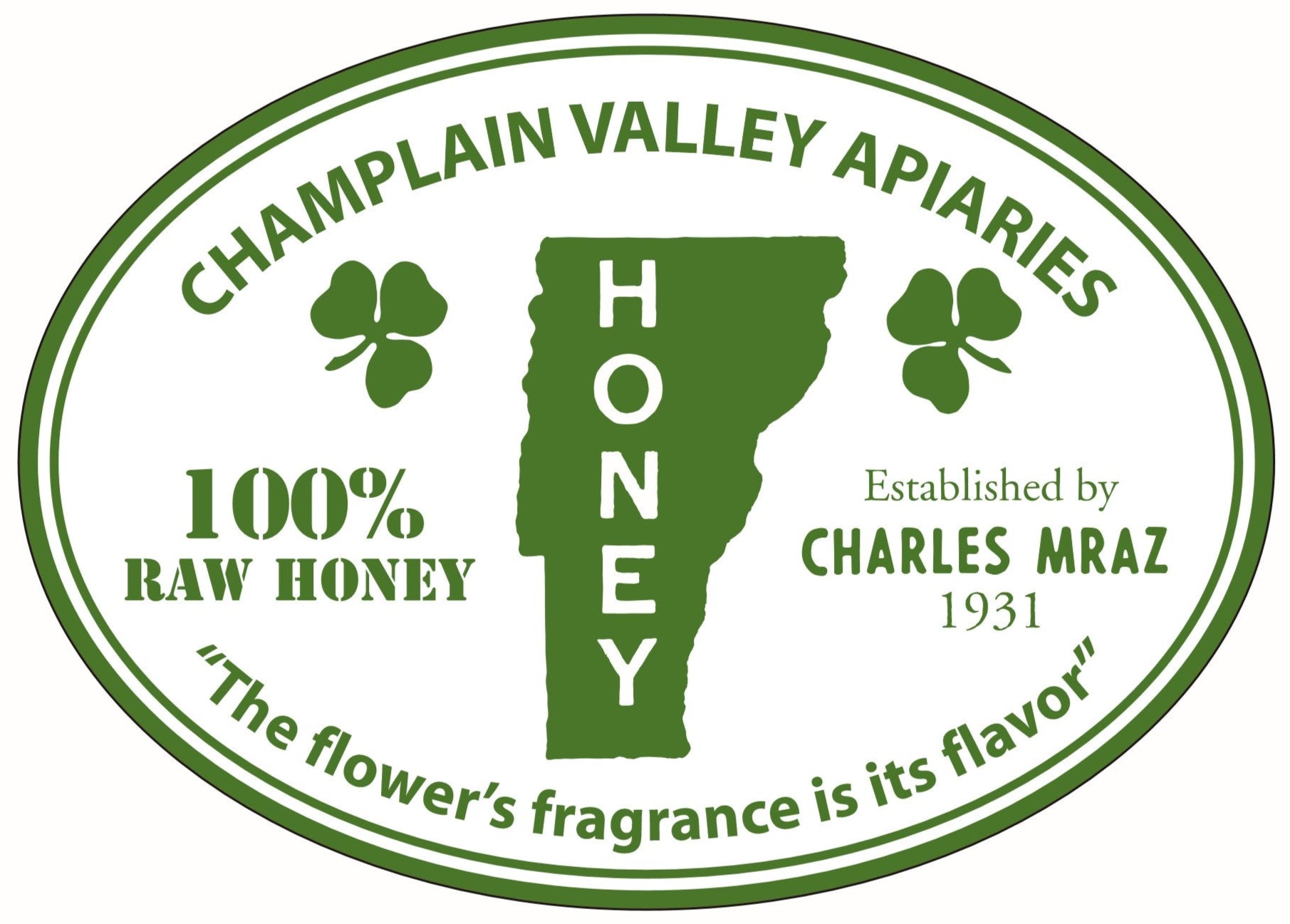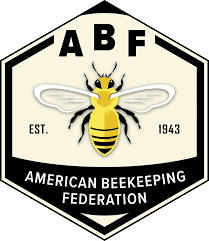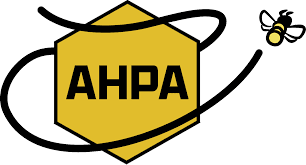Article: What is Mad Honey?

What is Mad Honey?
Honey has been prized for thousands of years as a natural sweetener and healing food — but not all honey is created equal. Deep in the mountains of Nepal and Turkey, there’s a rare and mysterious type known as mad honey, famous for its intoxicating and sometimes dangerous effects.
The Origins of Mad Honey
Mad honey comes from the nectar of certain species of Rhododendron flowers, particularly Rhododendron ponticum and Rhododendron luteum. These plants produce grayanotoxins, naturally occurring neurotoxins that end up in the honey made by local bees.
For centuries, locals in regions such as the Black Sea coast of Turkey and the Himalayas of Nepal have harvested this honey by hand — often scaling cliffs and tall trees to reach wild hives. The result is a dark, reddish honey with a floral aroma and a bitter aftertaste unlike the golden sweetness we’re used to.

Why Is It Called “Mad” Honey?
The name comes from its psychoactive and toxic properties. Consuming even small amounts can cause a range of sensations — from mild euphoria and lightheadedness to nausea, vomiting, and even hallucinations.
Modern Uses and Appeal
Despite its risks, mad honey is still sought after today. In Nepal, it’s known as “red honey” or “hallucinogenic honey,”and some locals use it in traditional medicine to treat hypertension, diabetes, or sexual dysfunction. A small dose is believed to bring warmth, relaxation, and even a mild buzz — though overdosing can lead to serious health issues like low blood pressure, irregular heartbeat, or loss of consciousness.
Because it’s rare and dangerous to collect, authentic mad honey can sell for hundreds of dollars per kilogram on the global market. But buyers beware: much of what’s labeled “mad honey” online is diluted or counterfeit.

Is It Safe?
In short — only in moderation, and only if you know what you’re doing. Experts warn that just one teaspoon of pure mad honey can cause noticeable effects. Two or more can trigger toxic reactions. If you’re curious to try it, source it responsibly and start with extremely small quantities.
The Bottom Line
Mad honey sits at the crossroads of nature’s beauty and danger — a reminder that the natural world can both nourish and challenge us. Whether viewed as a traditional medicine, a rare delicacy, or a biochemical curiosity, mad honey continues to fascinate those who seek out its wild, intoxicating sweetness.








